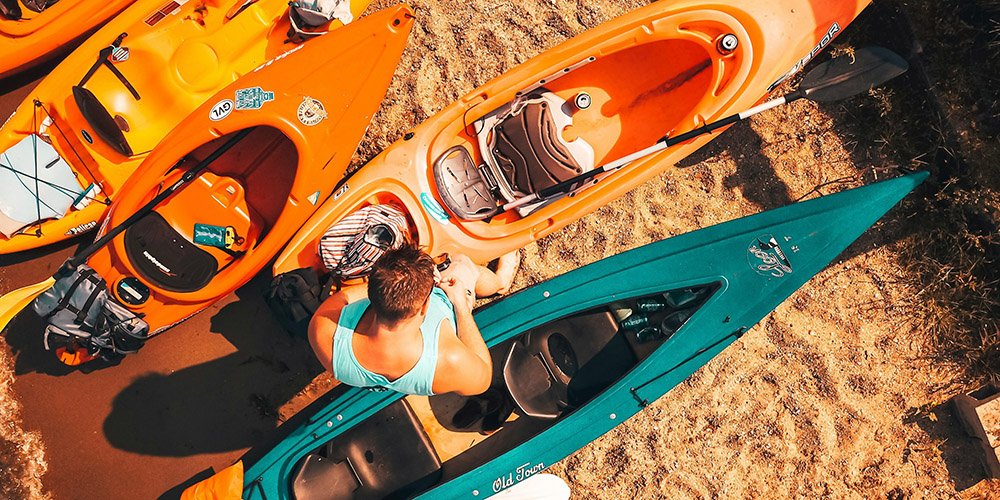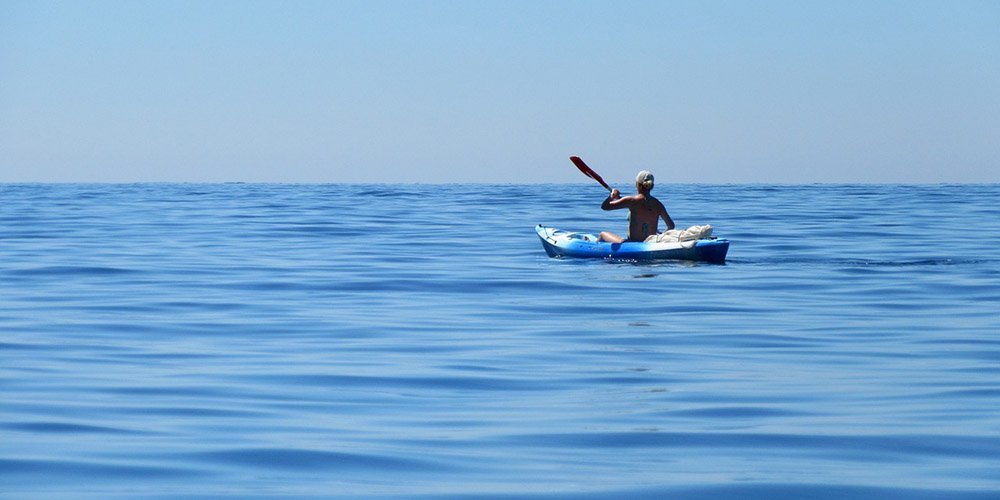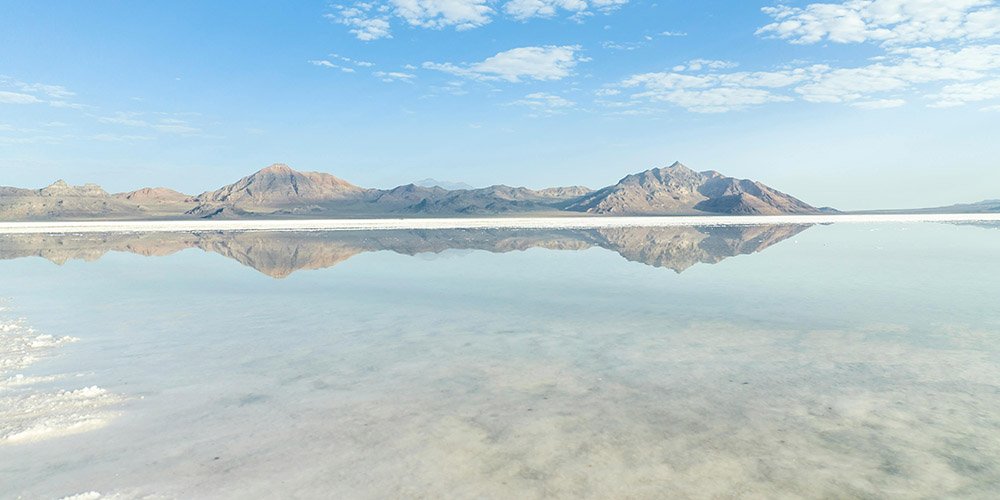Why Do Kayaks Have Holes? Understanding Scupper Design!
Kayaking is an exhilarating way to explore the waterways, whether it’s for sport, leisure, or fishing. When you first get into a kayak, you might notice something peculiar—holes! These aren’t flaws or signs of wear and tear; they are intentional and serve a critical purpose. Let’s dive into the world of scupper holes, understand why they’re there, and how they enhance your kayaking experience.
Why Kayak Holes Matter
When you first set eyes on a kayak, the sight of holes in the hull might raise some eyebrows. You might wonder, “Why would a watercraft have holes in it?” The answer lies in the clever design and engineering of modern kayaks. These holes are known as scupper holes, and they are integral to many aspects of kayaking, from stability to drainage.
Understanding the importance of these holes is crucial for any kayaker, whether you’re a novice or a seasoned paddler. Scupper holes are not just a design quirk; they play a functional role that can enhance your on-water experience. They ensure that your kayak stays buoyant and drains efficiently, making your adventure safer and more enjoyable.
By demystifying the purpose of scupper holes, we can appreciate the remarkable thought and engineering that goes into making a kayak. So next time you see those holes, you’ll know they’re there by design, providing you with a better, more stable, and enjoyable kayaking experience.
What Are Scupper Holes Anyway?
Scupper holes are small, strategically placed openings commonly found in the hulls of sit-on-top kayaks. These holes allow water that splashes onto the deck to drain back into the water below, preventing the kayak from becoming waterlogged. They essentially act as built-in drainage systems.
These holes are typically located along the bottom and sides of the kayak, ensuring that water can escape from various parts of the deck. Some kayaks come with scupper plugs, allowing paddlers to close the holes when necessary, such as in calm waters where less drainage is required.
Scupper holes should not be confused with damage or manufacturing defects; they are a well-thought-out feature designed to enhance your kayaking experience. Their presence is a testament to the meticulous engineering that goes into making kayaks more efficient and user-friendly.
Also read: Kayaking While Pregnant: Stay Active and Safe on the Water!
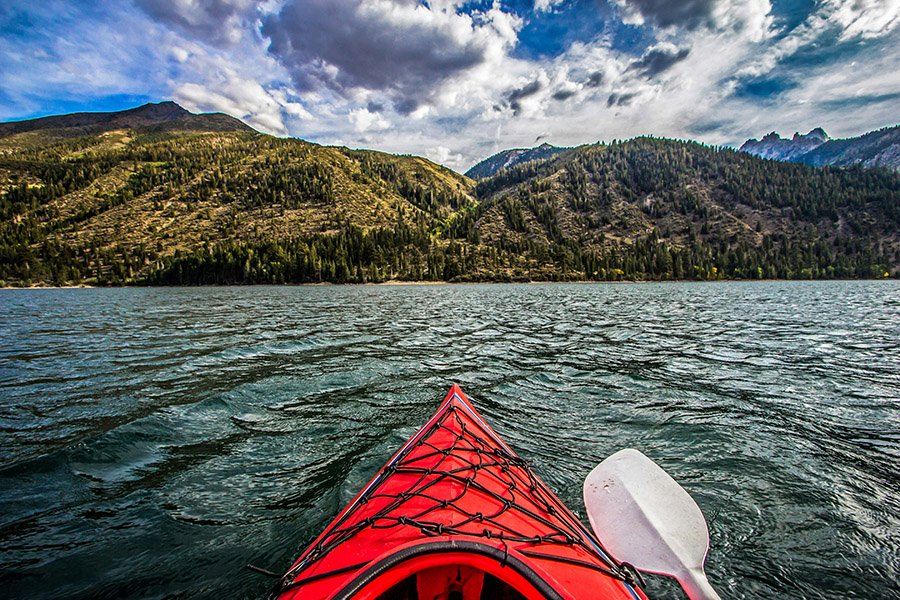
The Science Behind Scupper Holes
The science behind scupper holes revolves around the principles of buoyancy and fluid dynamics. When water enters the kayak’s deck, it adds weight, which can affect the kayak’s stability and performance. Scupper holes allow this water to drain out, maintaining the kayak’s optimal buoyancy.
By allowing water to exit the kayak quickly, scupper holes help to keep the center of gravity low. This is essential for maintaining stability, especially in choppy waters or when making sharp turns. The efficient drainage provided by these holes means that even if a wave splashes over the deck, the water won’t stay there for long.
Furthermore, the design of scupper holes takes into account the kayak’s movement through water. As the kayak moves, water pressure and flow dynamics help to push water out through the holes, ensuring continuous drainage. This self-bailing feature is particularly beneficial in sit-on-top kayaks, which are more exposed to water splashes.
Benefits of Scupper Holes in Kayaks
One of the primary benefits of scupper holes is enhanced drainage. Without these holes, water accumulated on the deck would have no way to escape, making the kayak heavier and less maneuverable. Scupper holes allow water to drain out, keeping the kayak light and easy to handle.
Another significant benefit is the improved stability that scupper holes provide. By allowing water to exit quickly, they prevent the kayak from becoming top-heavy. This is particularly important in turbulent water conditions, where maintaining balance can be a challenge.
Scupper holes also contribute to the overall durability and longevity of the kayak. By preventing water accumulation, they help to reduce the risk of material degradation and other issues related to prolonged water exposure. This makes kayaks with scupper holes a more practical and long-lasting investment.
How Scupper Holes Improve Stability
Stability is crucial for any kayaking adventure, and scupper holes play a significant role in maintaining it. When water splashes onto the deck, it can quickly drain out through the scupper holes. This ensures that the kayak remains balanced and less prone to tipping.
The placement of scupper holes is designed to maintain an even distribution of weight. By allowing water to drain out from multiple points, the kayak’s equilibrium is preserved. This means you can paddle with confidence, knowing that your kayak is stable and responsive.
Additionally, scupper holes help to keep the kayak’s center of gravity low. By preventing water from accumulating on the deck, they ensure that the kayak remains steady even in rough waters. This is especially beneficial for beginners, who may find it challenging to maintain balance in less than ideal conditions.
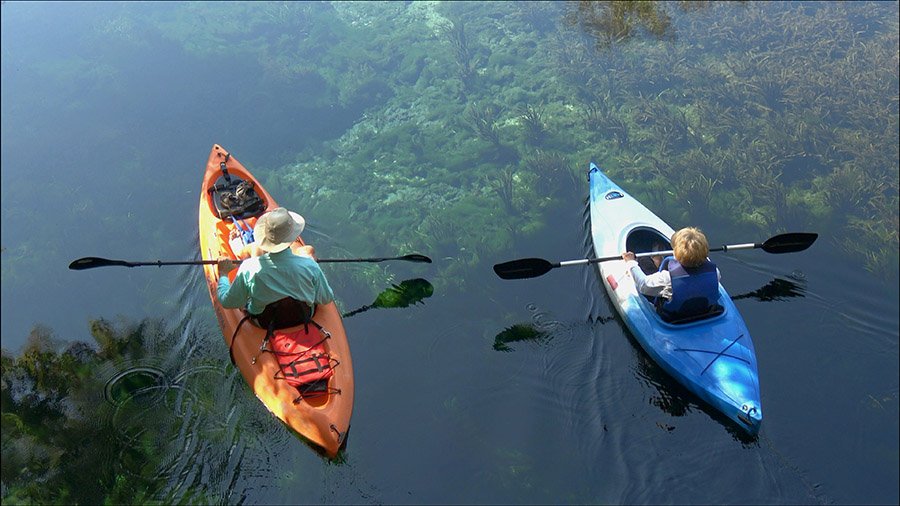
Enhancing Drainage: A Key Advantage
Efficient drainage is one of the standout advantages of scupper holes. In the absence of these holes, water that splashes onto the deck would have nowhere to go, leading to a heavier and less responsive kayak. Scupper holes allow for continuous water drainage, keeping the kayak light and maneuverable.
This feature is particularly useful in sit-on-top kayaks, which are more exposed to water splashes compared to sit-inside models. Whether you’re navigating through waves or dealing with rain, scupper holes ensure that your kayaking experience is not hampered by excess water.
Moreover, the self-bailing nature of scupper holes means that even in challenging conditions, you don’t have to worry about manually removing water from the deck. This allows you to focus on paddling and enjoying your adventure, rather than dealing with the inconvenience of a waterlogged kayak.
Do All Kayaks Have Scupper Holes?
Not all kayaks come equipped with scupper holes. The presence of scupper holes largely depends on the type and design of the kayak. For instance, sit-on-top kayaks usually have these holes, while sit-inside kayaks often do not, as they are less exposed to water splashes on the deck.
Sit-on-top kayaks are designed for open deck use, making them more susceptible to water splashing onto the surface. This is why scupper holes are a critical feature in these models, ensuring efficient drainage and maintaining stability. On the other hand, sit-inside kayaks have a closed deck design, which offers better protection against water entry.
If you’re considering purchasing a kayak, it’s important to understand the type that best suits your needs. Whether or not a kayak has scupper holes can influence its performance, especially in different water conditions. Knowing the role of scupper holes can help you make an informed decision, ensuring a better kayaking experience.
Maintenance Tips for Scupper Holes
Maintaining scupper holes is relatively simple, but it’s essential to keep them in good condition to ensure optimal performance. Regularly check the scupper holes for any blockages or debris that might prevent proper drainage. A clogged scupper hole can compromise the kayak’s stability and buoyancy.
To clean scupper holes, you can use a small brush or pipe cleaner. Make sure to remove any dirt, sand, or other materials that may have accumulated. Periodic maintenance will help to keep the scupper holes functioning efficiently, ensuring a smooth and hassle-free kayaking experience.
If your kayak comes with scupper plugs, inspect them regularly for wear and tear. While these plugs can be useful in calm waters to prevent water from entering through the holes, they should be removed in rough conditions to allow for proper drainage. Keeping the scupper plugs in good condition ensures that they can be used effectively when needed.
Also read: Kayaking with a Dog: Tips for a Fun and Safe Adventure!
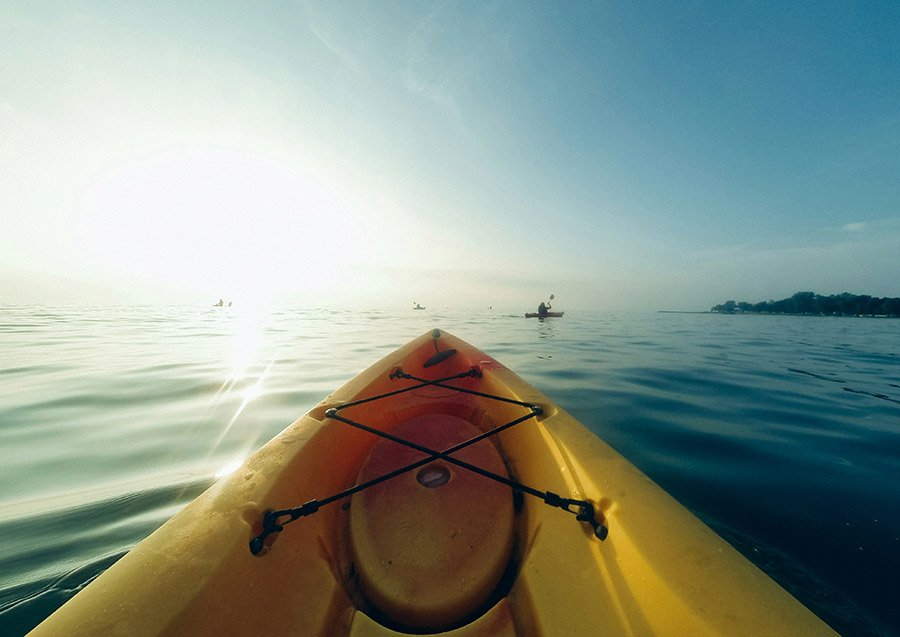
Common Myths About Kayak Holes
There are several myths and misconceptions about scupper holes that often create confusion among kayakers. One common myth is that scupper holes are a design flaw or indicate poor craftsmanship. In reality, these holes are intentionally placed to enhance the kayak’s performance.
Another misconception is that scupper holes will cause the kayak to sink. This is far from the truth. Scupper holes are designed to allow water to drain out, not to let water in. When used correctly, they help to keep the kayak afloat and stable, even in challenging conditions.
Some kayakers believe that scupper plugs should always be used to prevent water from entering the kayak. While plugs can be beneficial in calm conditions, they should be removed in rough waters to allow for efficient drainage. Understanding the proper use of scupper holes and plugs can significantly improve your kayaking experience.
Choosing the Right Kayak for You!
When it comes to choosing the right kayak, considering the presence of scupper holes is just one part of the equation. Think about where and how you’ll be using your kayak. If you plan to navigate rough waters or enjoy fishing, a sit-on-top kayak with scupper holes might be the best option for you.
Consider the material and design of the kayak as well. While scupper holes enhance drainage and stability, the overall performance also depends on the kayak’s build quality and features. Test out different models to see which one feels the most comfortable and suits your paddling style.
Finally, don’t hesitate to seek advice from experienced kayakers or professionals. They can provide valuable insights and recommendations based on your specific needs and preferences. Choosing the right kayak will ensure that you have many enjoyable and safe adventures on the water.
Final Thoughts
Scupper holes might seem like a minor detail, but they play a significant role in the functionality and performance of many kayaks. Understanding their purpose can help you make informed decisions and enhance your overall kayaking experience. So the next time you see those holes, appreciate the thoughtful engineering behind them and paddle on with confidence and joy. Happy kayaking!


